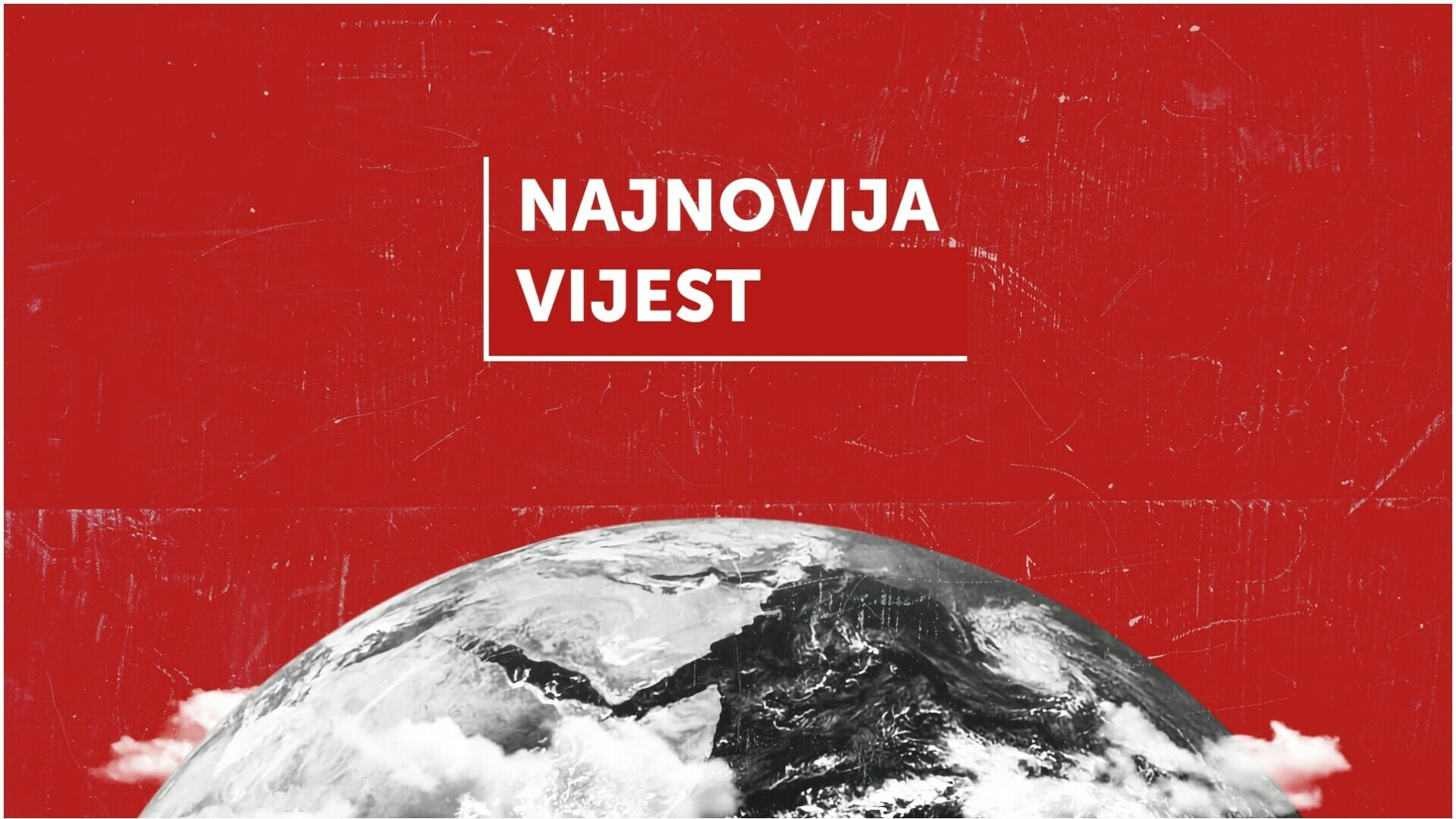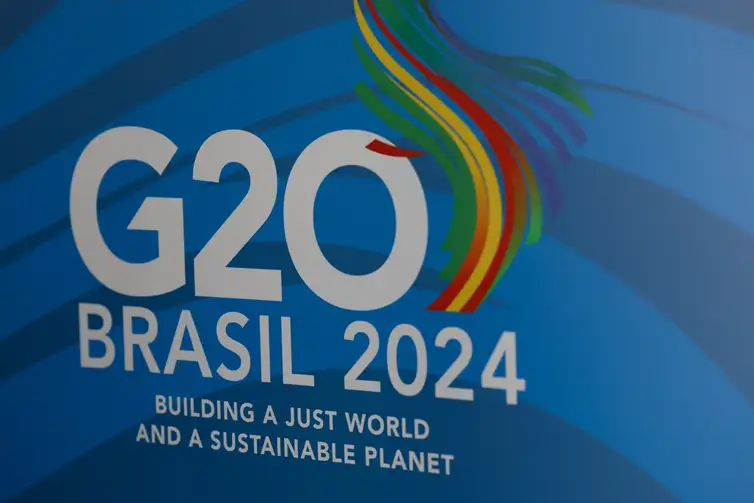Gaza Conflict Deepens Humanitarian Crisis
As the death toll rises, unrest continues with Israeli troop engagements in Gaza, accusations of humanitarian strategy by Israel, and a UN aid stalemate.
Published May 22, 2024 - 00:05am

Image recovered from nouvelobs.com
Debilitating conflicts continue to ravage the Gaza Strip, where violent confrontations between Israeli forces and Palestinian fighters persist, notably in the northern town of Jabalia and the southern city of Rafah. The Israeli government faces internal dissensions while the death toll, primarily consisting of civilians, rises dramatically. Benny Gantz, a member of the Israeli war cabinet, has issued an ultimatum demanding a strategic 'plan of action' specifically for post-war Gaza. Defense Minister Yoav Gallant had earlier called upon Prime Minister Benjamin Netanyahu to prepare for a 'governance alternative to Hamas' in Gaza.
In the midst of conflict, the emphasis on humanitarian aid has been crucial, with international calls to avert a large-scale offensive on Rafah. Nonetheless, impediments to aid delivery loom large, illuminated by reports of the Israeli Defense Force claiming the elimination of Hamas militants while also opposing allegations of targeting civil infrastructures.
The ongoing military operations have heightened concerns with dramatic figures indicating over 800,000 displaced individuals, according to UN agency UNRWA. Israel's control over the crossings essential for humanitarian aid exacerbates the crisis, with the Rafah crossing paralyzed, further complicating logistics critical to survival in the densely populated and besieged Gaza Strip.
Reports of mass protests in Tel Aviv against Prime Minister Netanyahu and the handling of the Gaza situation, coupled with the grim reality of Israeli citizens demanding the return of hostages, render a stark picture of both the societal impact within Israel and the devastating humanitarian situation in Gaza.
Corroborating the dire circumstances, accounts from the central part of the Gaza Strip reveal a rising death toll due to airstrikes, stirring an outcry for international intervention. The situation on the ground echoes the severity of the crisis in Rafah, where the UN has had to halt all food distribution after supplies deplorated.
Further international tension arises as Israel and Hamas leaders potentially face arrest warrants requested by the chief prosecutor of the International Criminal Court citing the use of starvation as a warfare method and war crimes over civilian deaths. This development potentially exacerbates the already catastrophic humanitarian conditions observable in Gaza's landscape, striken by hunger and desolation.
Poignant testimonies highlight severe malnutrition and the reliance on extreme measures for sustenance, painting Gaza as a land gripped by starvation amidst the ravages of conflict. With vital infrastructure targeted and displaced populations seeking refuge, the urgent need for humanitarian relief magnifies. Despite these obstacles, the circulation of aid remains thwarted at multiple junctures, leading to urgent appeals from international bodies for the unencumbered flow of resources vital to the survival of Gaza's population.
With the convergence of military action and the ensuing humanitarian fallout, the Gaza Strip stands as a crucible of conflict and human suffering. The collective plight of its residents underscores a harrowing tale of warfare, political upheaval, and the desperate cry for a semblance of normalcy and peace.
The already dire state of affairs in the Gaza Strip is set against the backdrop of a volatile geopolitical chessboard, where international actors maneuver for influence while weighing the human consequences. Key players, including regional powerhouses and United Nations mediators, have repeatedly urged for ceasefires and a resumption of peace talks. Yet these interventions have done little to assuage the situation, as the leadership in Gaza and Israel remain locked in a grim pattern of response and retribution.
On the Israeli political front, the crisis in Gaza is shaping the discourse among the populace, polarizing opinions on the government's approach. Some critics argue that a new strategy is required, one that not only addresses the conflict's root causes but also proposes sustainable solutions for peace and coexistence. Others within the country express frustration at the international community's criticism, advocating for a more assertive military stance to ensure national security.
Among Gazans, daily life has been reduced to a never-ending quest for safety and basic necessities. The bombardment has taken a heavy toll on the Strip's infrastructure, leaving healthcare facilities, schools, and sanitation systems in ruins. Urgent repairs are necessary to prevent the outbreak of diseases and to provide a modicum of normality to the beleaguered occupants of the region.
The United Nations, along with various humanitarian organizations, continues to call for immediate access to the area for medical teams and relief workers. These entities warn of the potential for widespread disease and lasting psychological trauma among the population, particularly affecting the vulnerable youth of Gaza.
As the international community scrutinizes the unfolding events in Gaza, efforts are being directed at both short-term aid and long-term resolution mechanisms. Diplomatic channels are being explored to alleviate tensions and initiate dialogue. However, mistrust and a history of broken ceasefires shroud these efforts in skepticism.
The complexity of the Gaza crisis is exacerbated by the geographical and political intricacies of the region. Gaza's coastal enclave is encircled by a blockade, complicating any potential reconstruction efforts, not to mention the regular movement of people and goods. This blockade, deemed necessary by Israel for security purposes, is criticized by human rights organizations for contributing to the economic stagnation and humanitarian crisis.
Amidst this chaos, stories of resilience emerge. Communities within Gaza band together, sharing resources and support in the face of adversity. These glimpses of solidarity stand in stark contrast to the shattered landscapes and provide a shred of hope that, even in the darkest of times, human spirit endures.
As the world watches and negotiations falter or advance in their incremental paces, the citizens of the Gaza Strip are caught between the machinations of power and their devastating implications. With each passing day, the urgency for a resolution grows, and the call for cessation of hostilities becomes more venerated, laying bare the collective yearning for a future free of conflict and filled with possibilities for recovery and growth.







